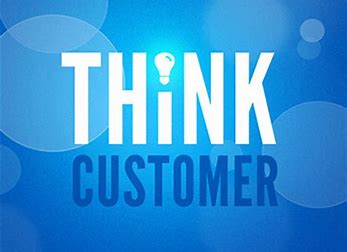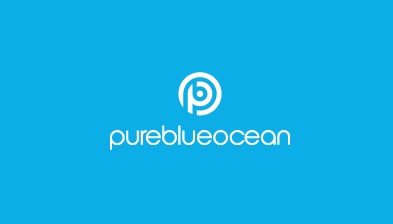
Improving your interactions with your customers. A view point from Associate Partner Martin Heyes
Have you ever wondered why you don’t seem to get the results you think you should, in your interactions with Customers?
You have a great product, or a successful brand that consumers seem to like, and shoppers want to buy. You have spent a lot of time and money recruiting high quality, intelligent people for your sales teams and yet you don’t seem to get the distribution you think your product deserves. Or you fail to consistently get the cut through with Customers, and don’t often win those marginal calls when up against your competitors, even when you think that what you are offering is better than they provide. Why doesn’t the quality of your product or brand, and the talent of your sales people, always add up to business growth or winning customer relationships?
The answer may lie in how you view, often subconsciously, the brand, category, customer landscape. What do we mean by this? Well, a typical sales presentation that you have prepared for a Customer may go something like this;
-
Here is our Brand
-
It is worth £50 million per year and has been a consumer favourite for more than 20 years
-
Its core consumer is aged between 25 and 35, and is slightly skewed towards females
-
We intend to support the brand in 2018 with £3 million on TV advertising
-
We are launching a new variety of the brand, which has consumer tested brilliantly, and will retail at £X and will deliver a margin of Y%.
-
We think this product will grow the category by 5%
-
This is a £1 million-pound sales opportunity for the Customer
-
I propose we launch the product in Customer stores from the first available launch date
Having done all this, you are then surprised that the Customer is ambiguous about your proposal, and as a result you may not get the outcome that your brand deserves. Why is that?
Well the truth of the matter is that the vast majority of all proposals to Customers are just like the one above, and the buyer will probably see dozens of them every week. Most suppliers talk to their Customers in the same way – they focus firstly on themselves and their brands, then they throw in some category benefit because they’ve heard it’s important to do so, and then they bolt on Customer considerations at the end. Unsurprisingly the Customer is not always enthusiastic about their proposals.
An even harsher truth is that typically the buyer will not really care much about your Brand, or all of its characteristics that you think are great. However, what they WILL care about is how your brand can help them achieve their profit objectives, and fortunately for all suppliers, there are only 2 levers to pull to increase profit – you grow sales and/or reduce costs.
Therefore, rather than talk about how great your brand is (all suppliers do that), talk about how your proposal could drive footfall, or penetration into the category. Or how it will create a higher volume of sales or encourage shoppers to spend more. If your new product can help the Customer be more efficient and therefore take cost out of his business, then tell them!
One well known FMCG business has a rule that if a product proposal does not pass the test of driving for its Customers at least one element of footfall, penetration, higher volumes, or weight of purchase, then the proposal is not even put in front of the Customer. This has really focussed the minds of the Marketing and Sales teams on how they take ideas to market. In effect the best suppliers are able to reverse the traditional supplier view of the brand, category, customer landscape that we mentioned earlier. They focus relentlessly on putting the needs of the Customer first, then concern themselves with category impact, and finally put themselves last.
Combining this new mindset, together with your great brands and talented sales people, might just start to transform the outcomes of your Customer conversations.
If you would like to improve your customer conversations, contact us on: help@pureblueocean.com
-->





